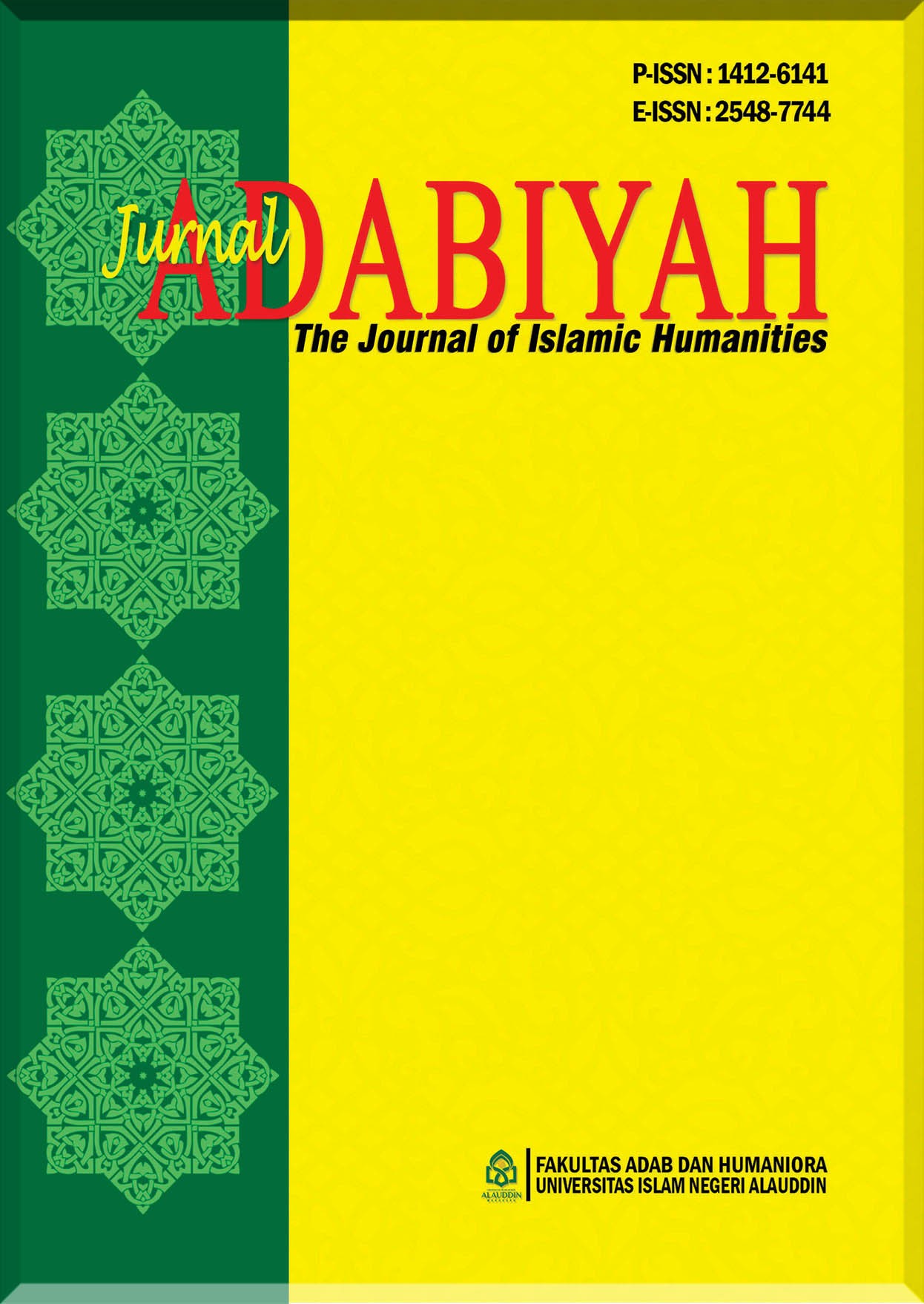Pembelajaran Keterampilan Berbicara dengan Menerapkan Metode Curah Gagasan (Brainstorming)
Main Article Content
Abstract
Speaking skill is one of four language skills include listening, reading, and writing. Speaking is very important for the existence of socio and culture. Brainstorming method is one method that is used to arrange idea by revealing many ideas from the topic given. It is also used both before speaking or at the time of speaking. Brainstorming method can be done in group or individual. If it is in group, someone has to become a minute notes and has to write down the ideas revealed. On this case, students do not need to worry about the grammar, spelling, and so forth, even about the truth of members’ explanation. The implementation of brainstorming method in improving speaking skill has main advantage through process. The learning process by implementing brainstorming method can support students to think actively, to reveals idea, and stimulate students to express their ideas.
Downloads
Article Details
COPYRIGHT AND LICENSE STATEMENT
COPYRIGHT
Jurnal Adabiyah is published under the terms of the Creative Commons Attribution license. Authors hold the copyright and retain publishing rights without restriction to their work. Users may read, download, copy, distribute, and print the work in any medium, provided the original work is properly cited.
LICENSE TO PUBLISH
1. License
The use of the article will be governed by the Creative Commons Attribution license as currently displayed on http://creativecommons.org/licenses/by/4.0.
2. Author’s Warranties
The author warrants that the article is original, written by stated author/s, has not been published before, contains no unlawful statements, does not infringe the rights of others, is subject to copyright that is vested exclusively in the author and free of any third party rights, and that any necessary written permissions to quote from other sources have been obtained by the author(s).
3. User Rights
Under the Creative Commons Attribution license, the users are free to download, reuse, reprint, modify, distribute and/or copy the content for any purpose, even commercially, as long as the original authors and source are cited. No permission is required from the authors or the publishers.
4. Co-Authorship
If the article was prepared jointly with other authors, the corresponding author warrants that he/she has been authorized by all co-authors, and agrees to inform his/her co-authors of the terms of this statement.
5. Miscellaneous
Jurnal Adabiyah may conform the article to a style of punctuation, spelling, capitalization, and usage that it deems appropriate. The author acknowledges that the article may be published so that it will be publicly accessible and such access will be free of charge for the readers.
References
Depdikbud. 2005. Kamus Besar Bahasa Indonesia. Jakarta: Balai Pustaka.
Depdiknas. 2003. Standar Kompetensi Mata Pelajaran Bahasa Indonesia SMP dan MTs. Jakarta: Departemen Pendidikan Nasional.
Depdiknas. 2006. Kurikulum Tingkat Satuan Pendidikan. Jakarta: Departemen Pendidikan Nasional.
Hastuti. P.H, Sri., dkk. 1985. Kemampuan Berbahasa Indonesia Murid Sekolah Dasar VI Kotamadya Surabaya. Jakarta: Depdiknas.
Jufri. 2002. Prinsip-Prinsip Strategi Pembelajaran Bahasa. Makassar: Universitas Negeri Makassar.
Keraf, Gorys. 1995. Terampil Berbahasa Indonesia II. Petunjuk Dosen Bahasa Indonesia SMP. Jakarta: Departemen Pendidikan dan Kebudayaan.
Kridalaksana, Harimurti. 2001. Kamus Linguistik. (Edisi Ketiga) Jakarta: Gramedia.
Moleong, Lexy J. 2005. Metodologi Penelitian Kualitatif. Edisi Revisi. Bandung: Remaja Rosdakarya.
Mulyasa, E. 2002. Kurikulum Berbasis Kompetensi. Konsep, Karakteristik, dan Implementasi. Bandung: Remaja Rosdakarya.
Nurgiyantoro, Burhan. 2005. Penilaian dalam Pengajaran Bahasa dan Sastra. Yogyakarta: BPFE.
Nurhadi, dkk. 2004. Pembelajaran Kontekstual dan Penerapannya dalam KBK. Malang: Universitas Negeri Malang.
Pageyasa, Wayan. 2004. “Peningkatan Kemampuan Berbicara Mahasiswa Kelas 1 MTs Sunan Kalijaga Malang melalui Strategi Pemetaan Pikiran”. Tesis. Malang: PPs Universitas Negeri Malang.
Parera, Jos Daniel. 1996. Kegiatan Belajar Mengajar Bahasa Indonesia: Landas Pikir dan Landas Teori. Jakarta: Grasindo.
Rofi’uddin, Ahmad & Zuhdi, Darmiyati. 1998. Pendidikan Bahasa dan Sastra Indonesia di Kelas Tinggi. Jakarta: Depdikbud
Said, D.M. M. Ide. 2008. Aspek Kebahasaan dan Tata Cara Penulisan. Makalah. Worshop Penulisan Bahan Ajar Universitas Muhammadiyah.
Subana, M, 2009. Strategi Belajar Mengajar Bahasa Indonesia Berbagai Pendekatan, Metode Teknik dan Media Pengajaran. Bandung, CV. Pustaka Setia
Tarigan, Henry Guntur. 2008. Berbicara Sebagai Suatu Keterampilan Berbahasa. Bandung: Angkasa.
Tarigan, Henry Guntur. 1983. Strategi Pengajaran dan Pembelajaran Berbahasa. Bandung: Angkasa.

